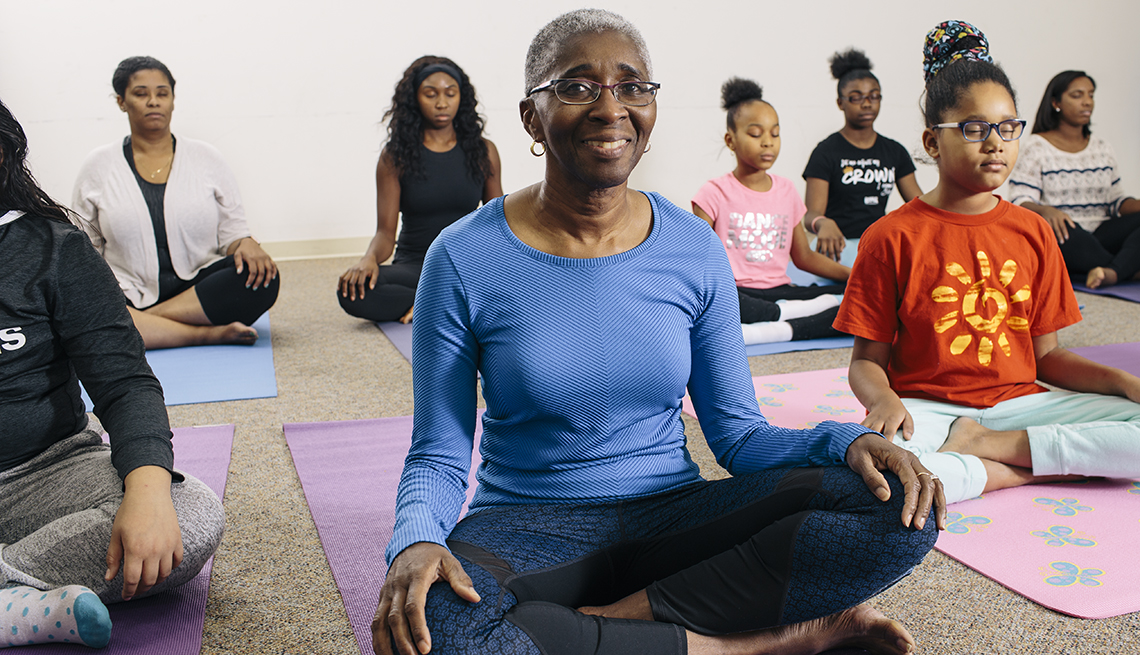
Shireen lewis, cultivating a culture of health: leaders transforming their communities
- Select a language for the TTS:
- UK English Female
- UK English Male
- US English Female
- US English Male
- Australian Female
- Australian Male
- Language selected: (auto detect) - EN
Play all audios:

SMALL SEED GROWS TO GREAT TREE OF SUPPORT Contrary to common assumptions, innovation is seldom born of an idea fleshed out and crystallized from Day One. Oftentimes, ideas start small, and
then they take on a life of their own, expanding in scope far beyond what the conceptualizer ever dreamed. It’s a matter of someone with the right intentions acting on a small impulse coming
from deep inside. That was the case with Shireen Lewis and her gem of a concept. One day as a doctorate student studying French Literature, Lewis realized something was missing from her
experience. It hit her all at once. “I got up from bed one morning and decided that I needed a community of women of color to support me during my pursuit of my doctorate,” she says,
recollecting the moment. Surely others like her felt the same desire for like-minded support, so in starting a group that would meet an innate need of hers, maybe she could help a few other
people as well. Thus, Lewis, who grew up in a small village in Trinidad and Tobago, set out to create her community. It didn’t take long to find a few people to help seed the idea, and
before she knew it, Lewis had formed a group of students who could provide support for one another. End of story? Hardly. The group kept growing—but that still wasn’t the end of it. Members
realized how nourishing the group was to them and how important it was to improving their well-being. They also saw a much greater need beyond the boundaries of a college concept. Inspired
by their own experience and harnessing the energy generated by the group, they decided they wanted to pay it forward. Members started connecting with younger students to offer support. That
eventually led to the founding of Washington, D.C.-based SisterMentors, which provides support for students ranging from young girls to older women going back to school. Today girls can
begin with SisterMentors—a program with origins in a graduate-student group on a university campus—as young as first grade. And at the other end of the age-diversity spectrum, women in their
60s, themselves defying age stereotypes by pursuing doctorates, at the same time are reaching back to mentor middle school and high school girls. The result is a dynamic circle of
empowerment—all started with one woman acting on an idea and allowing it to blossom. “It is the deep hope that I have in my heart that fuels the work I am doing and have done with
SisterMentors for close to 20 years,” says Lewis, who cites a school-teacher mentor in her village when she was only eight years-old as both a key to her future success as well as an
inspiration for the SisterMentors concept. With this hope and drive, SisterMentors will soon enter their third decade in growth mode. They’re seeking to expand location sites within the
District so that they can reach out and work with even more girls and women of color who are daring to dream of higher learning—and realizing those dreams. Read more about the AARP
Well-Being Champions.
